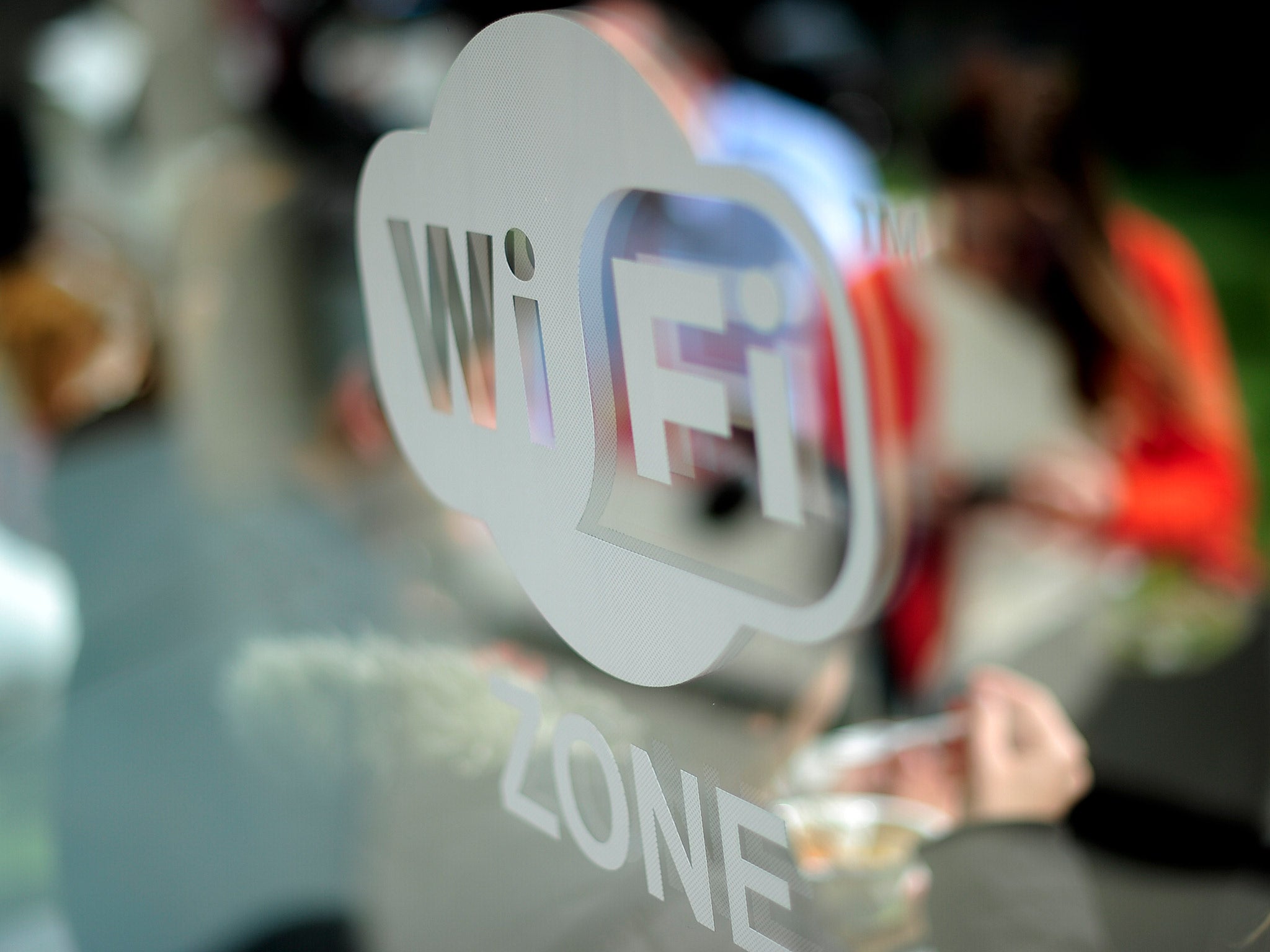How to improve Wi-Fi signal in your home: Use foil, researchers suggest
It’s a much cheaper alternative to directional antennae, which can cost hundreds

You can improve the Wi-Fi signal in your home with foil, researchers have found.
The reflective material can successfully direct wireless signals to where you need them most, and away from any areas where you don’t want a connection to be available.
However, in order to maximise its impact, you’ll need to analyse the layout of your home first.
The researchers, from Dartmouth College, University of Washington, Columbia University and UC Irvine, built a reflector made of plastic covered with “a thin layer of metal”, and tested it by placing it around a variety of routers.
It managed to increase signal strength by 6dB in the areas where a boost was needed, and decrease signal strength by up to 10dB in areas where a connection wasn’t required or wanted.
“To create the technology, the research designed an algorithm that optimizes a reflector's 3-D shape to target wireless coverage. The team also developed an approach to simulating how radio signals spread and interact with objects in their environment,” the researchers said.
“With information on a specific interior space, locations of wireless access points and the desired target area, the system computes an optimized reflector shape in only 23 minutes.”
The reflector can be 3D-printed for $35, say the researchers, though you’ll have to wrap it in foil yourself. It’s a much cheaper alternative to directional antennae, which can cost hundreds.
If you don’t have access to a 3D printer, you can always experiment with cardboard and foil, though your own homemade creation will almost certainly be less effective.
“By shaping signals, users can increase wireless efficiency through lessening the signal-deadening impact of building materials and interior layouts,” said the researchers.
“Such a system can also make it more difficult for attackers by adding to existing security measures like encryption through physically confining wireless signals to limited spaces. This also leads to reduced interference.”
They’re now turning their attention to signal reflectors made of different materials that will be able to automatically transform themselves when the interior layout of your home changes.
Join our commenting forum
Join thought-provoking conversations, follow other Independent readers and see their replies
Comments